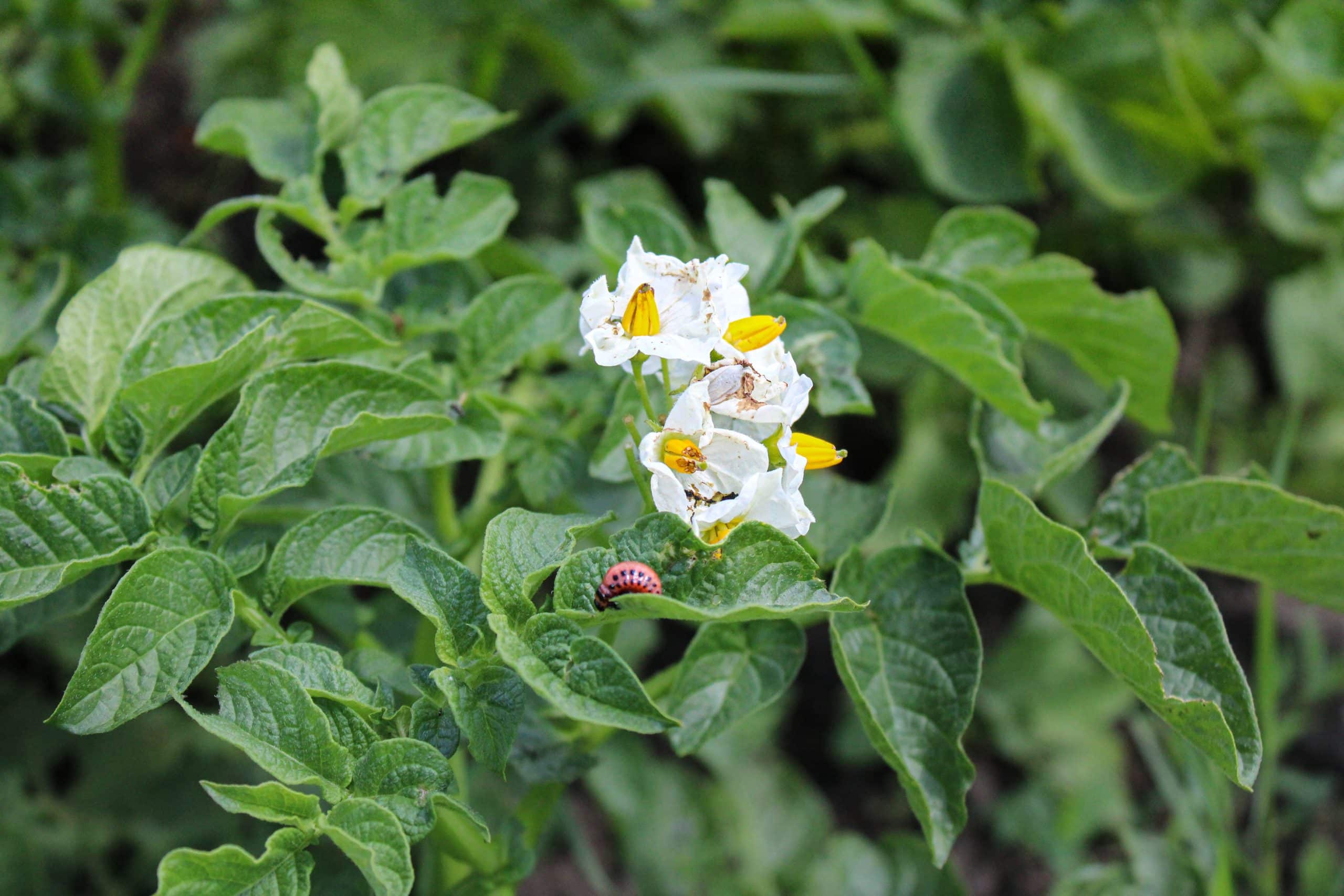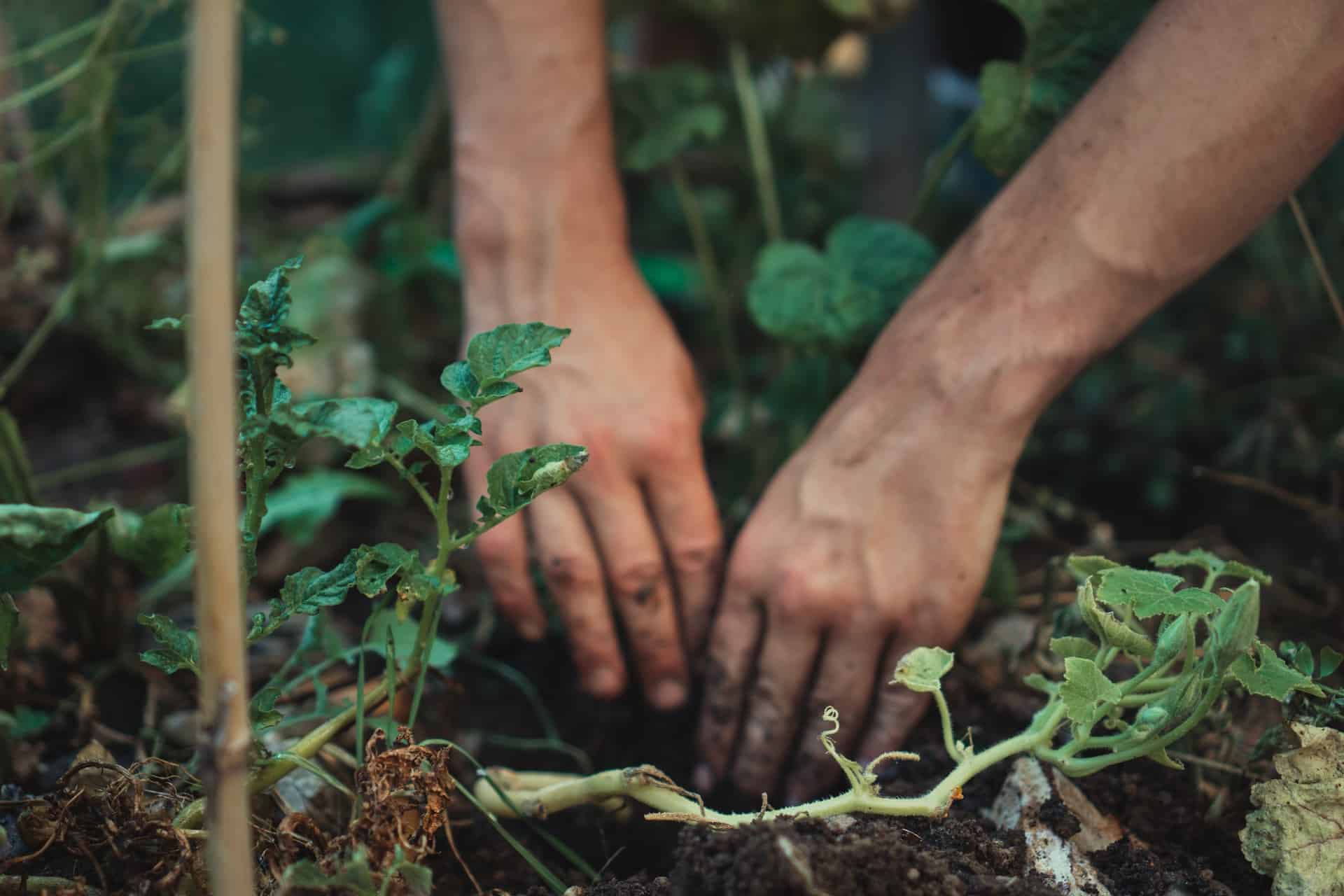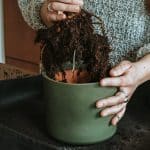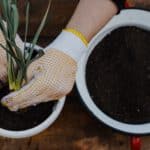Table of Contents
As a city slicker, you might think that catching some itches from gardening is a common affair. It seems logical that the itchy bumps and rashes come from all the digging and sweating. Never in a million years can you associate it with something as alien as scabies. But, can you get scabies from gardening?
This article covers what causes scabies, unraveling facts, and answers the questions. Read it to the end to understand the possibilities of contracting scabies from farming.
Unveiling the Truth: Understanding Scabies
Now, before we go any further, we gotta know what we’re dealing with here. Gotta know your enemy, right?
What Exactly Is Scabies?
Scabies is a highly contagious, itchy skin condition caused by a burrowing mite. You will feel intense itching where the mite burrows. Close person-to-person contact is the common way of contracting scabies. It is often found in the skins folds, although it might appear in any of the following body parts:
- Inner elbows
- Chest
- Fingers and toes
- Sole of the feet
- Wrist
- Nipples
- Belly button
- Groin area
- Buttocks
It’d be best to contact your healthcare provider the instant you see the signs and symptoms. The next section covers the signs to look out for.
Recognizing Scabies: Primary Signs and Symptoms
If scabies was an artist, the canvas would be your skin, slowly transforming from a beautiful landscape to a scene from a horror flick. We’re talking an itchy rash, popping up in places like the webbing between the fingers or the skin folds on the wrist. But wait there’s more, apart from the symptoms of scabies being intense itching and the onset of an itchy rash, this rash can also include tiny blisters. Trust me, they ain’t half as cute as they sound.

Can Gardening Lead to Scabies?
No, you can’t contract scabies from gardening. Gardening, normally a slice of paradise for those with a green thumb, has brought up fears of developing a contagious skin disease like scabies.You might also encounter mites while gardening, which many mistake for scabies-causing mites.
Encounter With Mites: The Risk of Scabies From Gardening
When it comes to gardening, there’s a fair share of mite love going around. But keep your socks on, because scabies mites are pretty much die-hard clingy partners. On a person, they can make a home for about 1-2 months but without humans, they would keel over in a mere 48-72 hours. But can they cause scabies?
Distinguishing Between Scabies Mites and Garden Mites
Now, don’t go burning your rose bushes just yet. It’s crucial to differentiate between these highly contagious scabies mites and your garden-variety, well, garden mites. Each mite species comes with their unique set of quirks.
While female mites of scabies are known to get down to business on the human skin, the garden mites aren’t quite as fond of you. Your keratin-filled epidermis doesn’t provide the soil nutrients our leafy mite friends need to thrive. So, while both might induce some itching, only one can lead to scabies, and that’s not the one from your garden.
The irritation you feel after gardening is mite dermatitis: this is a hypersensitive allergic skin reaction to bites from pyemotes mites. You will come into contact with such mites when exposed to grains or straws in your garden. This condition is treatable using oral antihistamines or corticosteroid creams. However, ensure that you consult your health care provider for direction.

Detecting Scabies: Signs and Symptoms
Now, if you’re looking to put a name to your skin woes, you’re going to want to put scabies on your radar. The most common signs and symptoms of scabies are intense itching, especially when the stars come out, and the dawn of an itchy rash.
Of course, like that one annoying guest who roams around your entire party, these symptoms aren’t limited to a specific area, but can often be found shaking up in places like the webbing between the fingers. So, keep an eye out, folks.
Getting Rid of Scabies
If we’re chattin’ about gettin’ outta the grip of scabies, lemme lay this out straight – you’re gonna need some sound strategies. Ain’t no magic potion gonna do the trick. Instead, you’re stepping into a multi-pronged field of battle.
Measures for Removing Scabies Mites From Home and Clothes
Once you’ve dealt with the critters on your body, you gotta deal with those that have fallen off. Vacuuming of furniture and carpets ain’t as grueling as it seems, especially when you realize letting those buggers continue their party could lead to reinfestation in a blink and ya don’t want that – trust me.
Get those clothings, bedding and towels used by a person who has scabies and give ’em a good, hot spin in the wash. Human skin is like a paradise for mites – they don’t survive without getting their fix. So rest assured, take them off the skin and they’ll meet their maker in a few days.
Treatment Solutions for Scabies
Here’s the thing – treating scabies ain’t a walk in the park. Firstly, ya gotta deal with those nitty gritty burrows that those darn mites dig into your skin. That’s where they lay eggs. Creepy, ain’t it? But hey, don’t wig out. Those burrows or rash that show up? Docs got meds that’ll target those. Just be warned, even if you succeed in offin’ the mites, you might still itch for weeks. Don’t fret too much about that – it’s the body’s way of dealing with those pesky microscopic squatters.
And then there’s ‘crusted scabies’. Now that’s some serious stuff. Crusted scabies – also known as Norwegian scabies – ain’t your run-of-the-mill infestation. It’s a severe form of scabies that can affect folks with a weakened immune system. This ain’t one to shrug off, pal. Best get straight to a doc if you suspect this tough cookie.

Prevention Measures for Scabies
Now, prevention ain’t as dull as it sounds. Keeping bugs away from your life involves some basic housekeeping rules.
Safeguards Against Scabies Infestation in Gardening
Get this – scabies can be spread quite easily, even through things as innocuous as gardening. This is especially true when you have direct skin-to-skin contact with another human body who’s infested. Regulations like wearing gloves while gardening can be a lifesaver, folks. Not only does that create a barrier against the equally harmful garden mites, it also keeps your hands clean and minimizes the chance of other infections.
To get real effective, regular application of insect repellent can be fruitful. You ain’t gonna see those mites, but they’ll dang sure see your repellent. So lather up and show them you ain’t easy pickings.
Frequently Asked Questions
1. What are the chances of getting scabies while gardening?
Chances of getting scabies are very low, as mentioned earlier. This is because it takes prolonged skin-to-skin contact to contract this highly infectious condition. Nevertheless, maintaining hygiene would be best. Use gloves to prevent bites from garden mites, which can cause allergic reactions.
2. Can scabies mites live in outdoor environments?
These mites are adapted to living and reproducing on human skins. This is because the skin provides an ideal environment to burrow and lay their eggs. However, it is worth noting that scabies mites can survive for a short time away from the human body. For instance, on the clothes of an infected individual. Although infestation in the outdoor environment is unlikely.
3. Can scabies mites survive on gardening equipment or tools?
No, these dangerous mites can survive on gardening tools due to the mentioned adaptability. However, it’s advisable to maintain hygiene, especially if a family member is infected. This is because the mites can transfer to the handles and survive for a short time. Coming into contact with such tools will expose you to infection. Therefore, ensure that you wash your hands and sanitize after handling the tools. Regular cleaning and proper storage of the tools is also essential to prevent transmission of such microbes.
4. Can scabies be transmitted through interacting with pests in the garden?
Sarcoptes scabiei has evolved to infest human beings specifically. While theoretically they can live for a short while on pests fur, chances of infesting the pet and contracting the condition from your furry friend are minimal. Ensure that you consult your healthcare provider if you have any skin condition or symptom after contacting your pet at home or while gardening.
Conclusion
To summarize, while gardening can put you in contact with different types of mites, being afflicted with scabies from gardening is as rare as a dodo bird laying an egg in your backyard. Scabies primarily spread through prolonged skin-to-skin contact and not through contact with garden soil or plants.
Twist: this rascally scourge comes from a mite that burrows underneath the skin and lays eggs. Sounds chilling, right? But hey, you know what they say – an ounce of prevention is worth a pound of cure – so practicing good personal hygiene does the trick, shielding you from infectious mites. So, keep calm and garden on!

I’m John, a “seasoned citizen” and an avid gardener. I live in Minnesota, where our weather and growing conditions can be harsh and challenging. Over the years, I have learned a thing or two about being successful in growing things. I have curated these tips, which I think are helpful for the beginning gardener and the seasoned experts. If you have feedback, let me know in the contact form.




